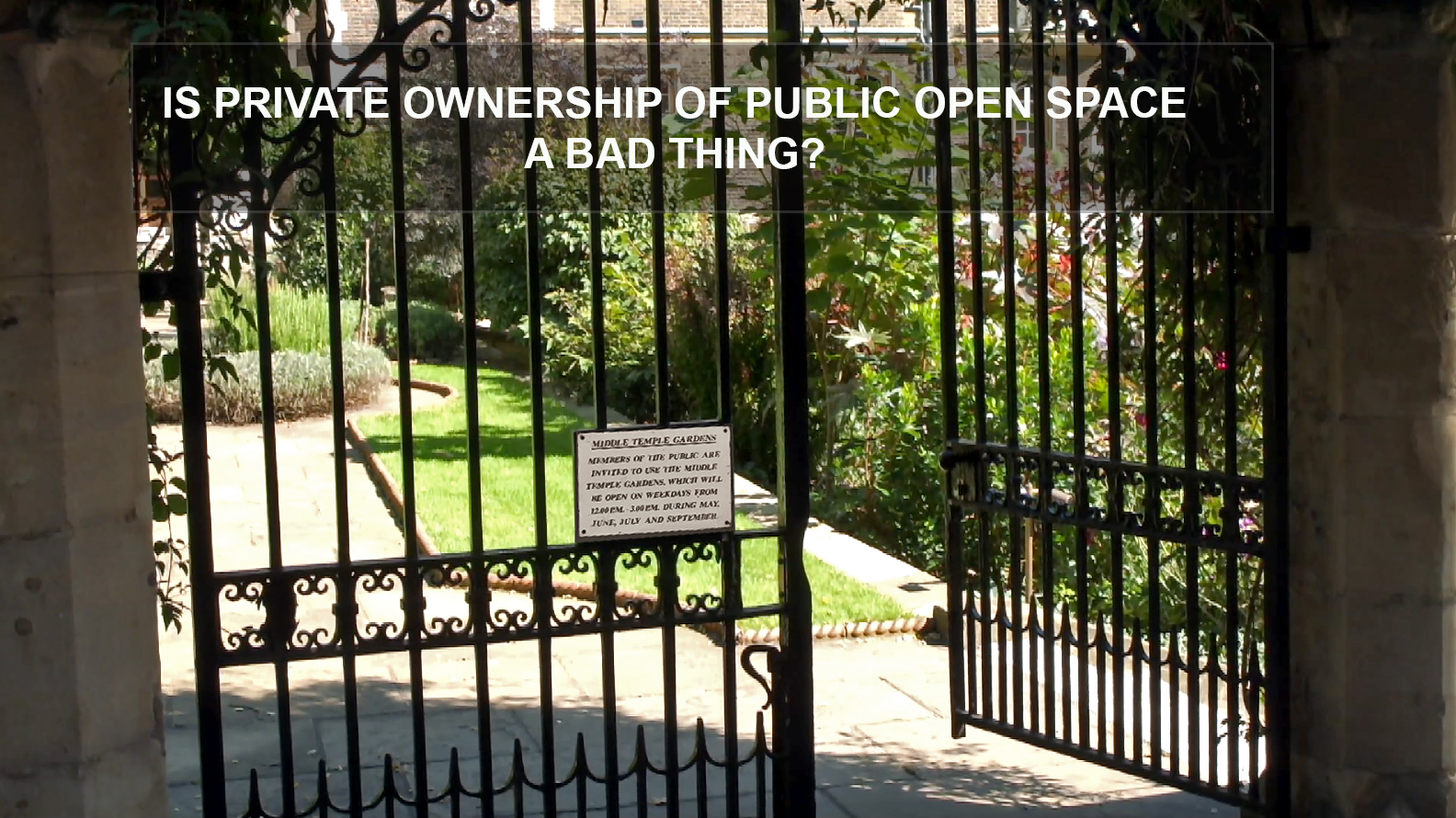The privatisation of public open space POPS
Lewis Cubitt Park was designed by Townsend Landscape Architects as part of Argent’s 72 acre King’s Cross development in north London.
About 40% of the land is privately owned public open space. Designed and managed in a different manner to POS, it confirms my view that diversity enriches cities.
The privatisation of public open space is much criticised by well-meaning planners and sociologists, including Will Self, Matthew Carmona and Richard Sennett. The term ‘Privately Owned Public Space’ (POPS) was popularized by Jerold S. Kayden in a book on New York published in 2000.
At first sight, the idea seems bad, because it is good for cities to have a good stock of public goods. But the only bad experiences of POPS I have had are of bossy guards telling me photography is forbidden. When they approach me I say ‘Oh sorry – is there a notice to say you can’t take photos?’ So far, I have never been shown such a notice and I have been asked more than once ‘do you have a notice in your front garden to say photography is forbidden’. When this conversation ends I ask ‘Why is photography forbidden?’ Typical answers are ‘you might be a terrorist’, ‘people don’t like being photographed’, ‘you might be a nonce’ and ‘my company owns the commercial rights’.
Apart from these foolish attitudes and insults, I can’t see much harm in public space being privately owned and I have never heard complaints about ownership from ordinary (ie non-politicised) members of the public. They probably appreciate the higher standards of design, maintenance and personal security which are common in POPS. The web has much user comment on Lewis Cubitt Square and I have not found ‘it’s privately owned‘ as a criticism.

Historical note on private public open space in London
The central London parks which give London so much of its character began as Royal Parks, many in the ownership of Henry VIII. Aristocrats laid out and owned London squares. Other London spaces, like Moorfields and Blackheath were common land. They were owned by lords of the manor but the public had ancient rights to use the land, including access and specified rights of Pasture, Piscary, Turbary, Soil, Mast and Estovers. During the nineteenth century many royal parks, commons and squares came to be managed as ‘public parks’.
In the last quarter of the twentieth century, many new public spaces were created by property developers and the management of many public parks was outsourced to private landscape management companies.
Examples of public and private open space
These examples can be found by cycling along the Embankment from Chelsea to Canary Wharf
- Chelsea has two famous examples of ‘private’ open spaces which are now public : Chelsea Hospital Garden (ie the site of the Chelsea Flower Show) and Ranelagh Gardens. Ranelagh was a private pleasure garden (like Tivoli Garden in Copenhagan) which you had to pay to enter.
- Opposite Chelsea, on the south bank is a famous example of a ‘public park’: Battersea Park. It is still in public ownership and management, though there is a Friends Group which provides some help. The Peace Pagoda was a gift from the Japanese Nipponzan Myohoji Buddhist Order.
- Victoria Embankment Gardens, behind Embankment Station, is a classic Victorian park, made as part of the largest engineering project in 19th century Britain. The Thames Embankment could be compared to the Cheonggyecheon River in Seoul. It included the design of London’s main sewer, an underground railway and a new highway. In 2015-6 the Embankment was given a Cycle Superhighway.
- The Southbank Centre is a charity (constituted as a company limited by guarantee). Members of the Board of Trustees are unpaid but the managers are paid and undertake commercial activities, including managing the public open space and two public roof gardens (on the National Theatre on the Queen Elizabeth Hall)
- Potters Fields Park is publicly owned (by London Borough of Southwark) but is run by a Trust and managed by a (private) landscape management company. Money for rebuilding the park came from the property developers (More London). The design was by Gross Max (Eelco Hooftman) and Piet Oudolf.
- Canary Wharf is located on what was formerly a large enclosed private dock, which was taken into the ownership of the Port of London Authority. Mrs Thatcher’s government let it return to private ownership. The Canary Wharf Group owns the land and a construction company. American landscape architect Laurie Olin designed West Ferry Circus and Belgian landscape architect Jacques Wirtz designed Jubilee Gardens and UK landscape architects Gillespies designed the Crossrail Roof Garden (it is above a new underground railway and station) belonging to a government agency: Transport for London TfL).
